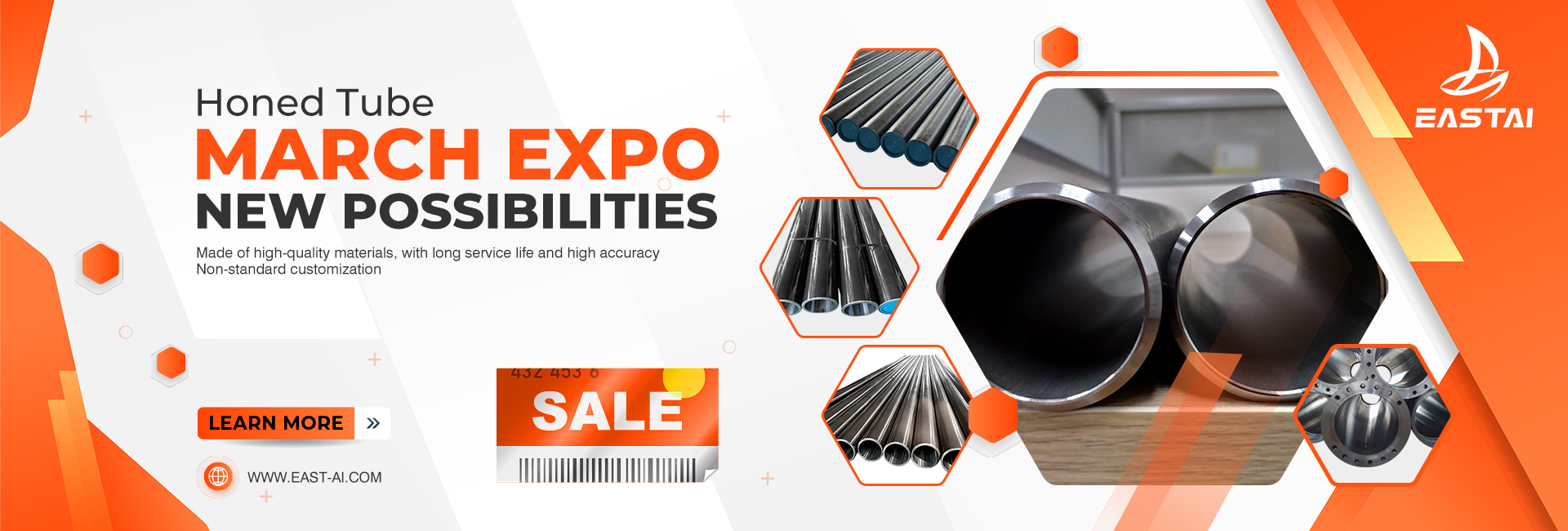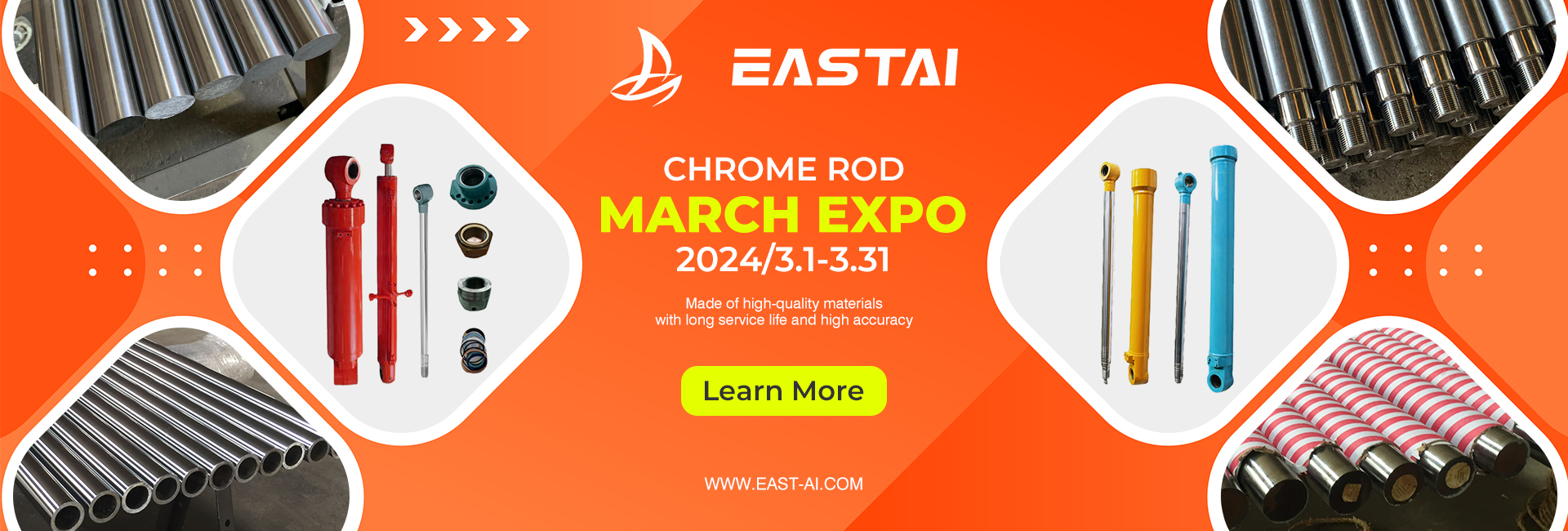Galvanized steel pipes are an essential component in various industrial and commercial applications. They are extensively used for transporting water, gas, and other fluids in a safe and cost-effective manner. In this article, we will explore the benefits of galvanized steel pipes, their uses, and the installation process.
Table of Contents
- Introduction
- What are Galvanized Steel Pipes?
- Benefits of Galvanized Steel Pipes
- Corrosion Resistance
- Durability
- Cost-Effective
- Easy to Install
- Uses of Galvanized Steel Pipes
- Water Distribution Systems
- Gas Distribution Systems
- Industrial Applications
- Construction Industry
- Installation Process of Galvanized Steel Pipes
- Preparation
- Cutting and Fitting
- Jointing
- Testing
- Maintenance of Galvanized Steel Pipes
- Conclusion
- Frequently Asked Questions (FAQs)
1. Introduction
Galvanized steel pipes have been used for over a century to transport water, gas, and other fluids in various industries. They are made of steel that has been coated with a layer of zinc to protect the metal from corrosion. This coating increases the durability and lifespan of the pipes, making them an ideal choice for applications that require a long-lasting and reliable piping system.
In this article, we will discuss the benefits of galvanized steel pipes, their uses, the installation process, and maintenance. We will also answer some frequently asked questions about galvanized steel pipes.
2. What are Galvanized Steel Pipes?
Galvanized steel pipes are steel pipes that have been coated with a layer of zinc to protect the metal from corrosion. This process is called galvanization, and it involves dipping the pipes in a bath of molten zinc or using an electroplating process to apply a thin layer of zinc to the surface of the steel.
The zinc coating acts as a sacrificial anode, which means that it corrodes before the steel does. This process prevents the steel from rusting and extends the lifespan of the pipes.
3. Benefits of Galvanized Steel Pipes
Corrosion Resistance
Galvanized steel pipes are highly resistant to corrosion, making them an ideal choice for applications that require a long-lasting and reliable piping system. The zinc coating on the pipes acts as a protective layer, preventing the steel from rusting and corroding.
Durability
Galvanized steel pipes are incredibly durable and can withstand harsh environmental conditions, such as extreme temperatures, moisture, and chemicals. They are also resistant to damage from impact and pressure, making them ideal for industrial applications.
Cost-Effective
Galvanized steel pipes are cost-effective compared to other types of pipes, such as copper or PVC. They have a long lifespan and require minimal maintenance, which makes them a cost-effective solution for various piping applications.
Easy to Install
Galvanized steel pipes are relatively easy to install and require minimal preparation. They are also lightweight, making them easier to transport and handle during the installation process.
4. Uses of Galvanized Steel Pipes
Galvanized steel pipes are used in various applications, including:
Water Distribution Systems
Galvanized steel pipes are commonly used in water distribution systems, such as municipal water supply and irrigation systems. They are also used in private water supply systems, such as wells and boreholes.
Gas Distribution Systems
Galvanized steel pipes are also used in gas distribution systems, such as natural gas pipelines and propane gas lines. They are resistant to corrosion and can withstand high pressure, making them ideal for gas distribution applications.
Industrial Applications
Galvanized steel pipes are used in various industrial applications,
such as oil and gas processing, chemical processing, and power generation. They are ideal for transporting fluids and gases in these industries due to their durability and resistance to corrosion.
Construction Industry
Galvanized steel pipes are commonly used in the construction industry for various applications, such as building frameworks, fences, and handrails. They are also used in plumbing systems and HVAC (Heating, Ventilation, and Air Conditioning) systems.
5. Installation Process of Galvanized Steel Pipes
Installing galvanized steel pipes requires some preparation and planning. Here are the steps involved in the installation process:
Preparation
Before installing galvanized steel pipes, you need to prepare the site and the materials. This involves measuring and cutting the pipes to the required length, preparing the fittings, and ensuring that you have all the necessary tools and equipment.
Cutting and Fitting
Once you have prepared the materials, you can begin cutting the pipes to the required length and fitting them together using the appropriate fittings. It is important to ensure that the fittings are properly sealed to prevent leaks.
Jointing
After fitting the pipes together, you need to joint them using various methods such as threading, welding, or using mechanical couplings. The jointing method depends on the application and the type of pipe used.
Testing
Finally, you need to test the pipes for leaks and pressure. This involves filling the pipes with water or air and testing for leaks using various methods such as pressure testing or visual inspection.
6. Maintenance of Galvanized Steel Pipes
Galvanized steel pipes require minimal maintenance, but regular inspections are necessary to ensure that they are functioning correctly. It is essential to inspect the pipes for corrosion, leaks, and damage regularly. Any corrosion or damage should be repaired immediately to prevent further damage.
Galvanized steel pipes are an essential component in various industrial and commercial applications. They are durable, corrosion-resistant, cost-effective, and easy to install. They are commonly used in water and gas distribution systems, industrial applications, and the construction industry. Proper installation and maintenance are crucial to ensure the pipes’ longevity and functionality.
Post time: Apr-04-2023




